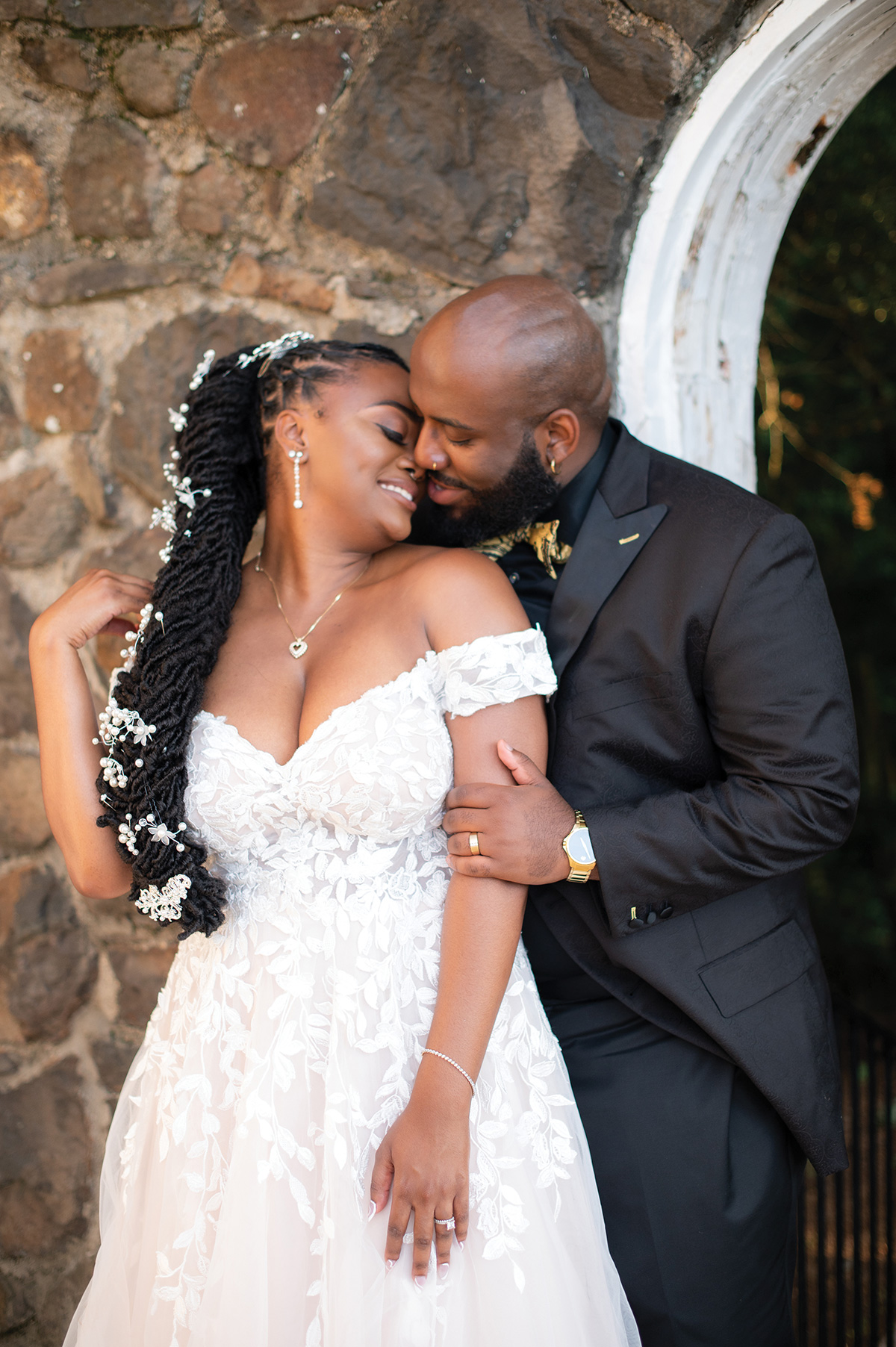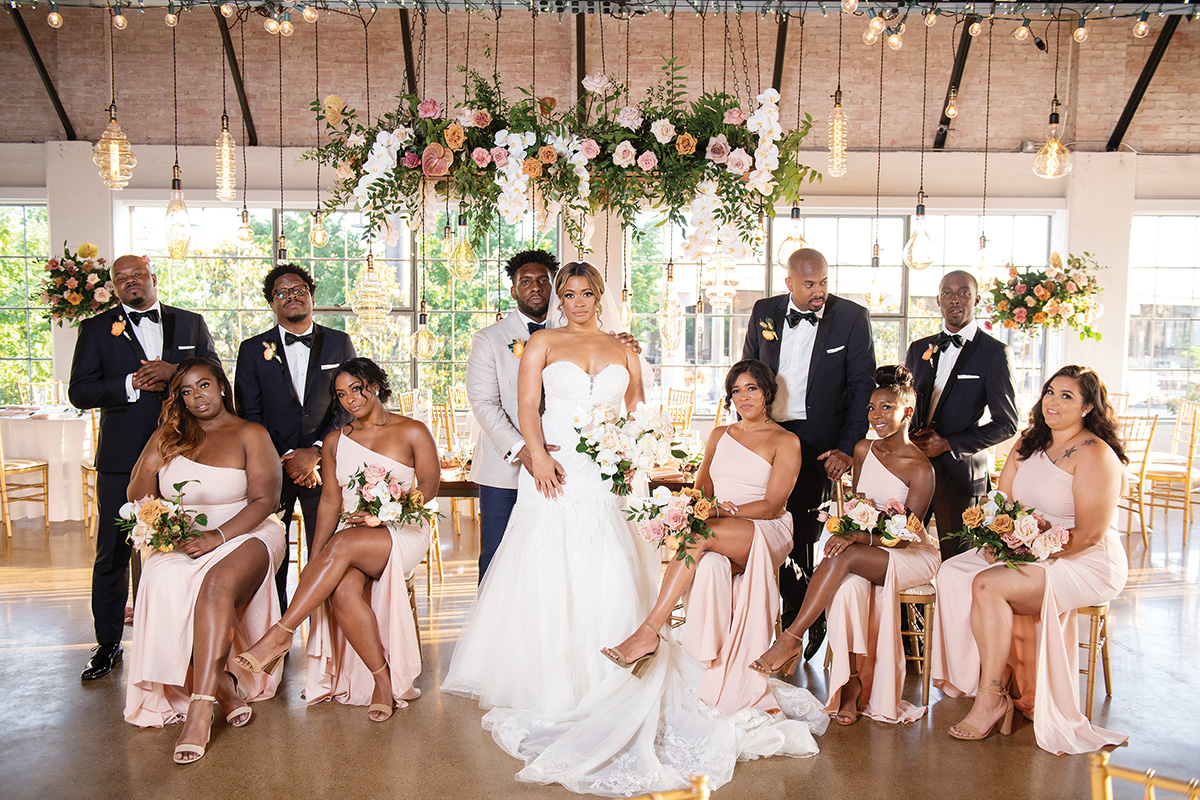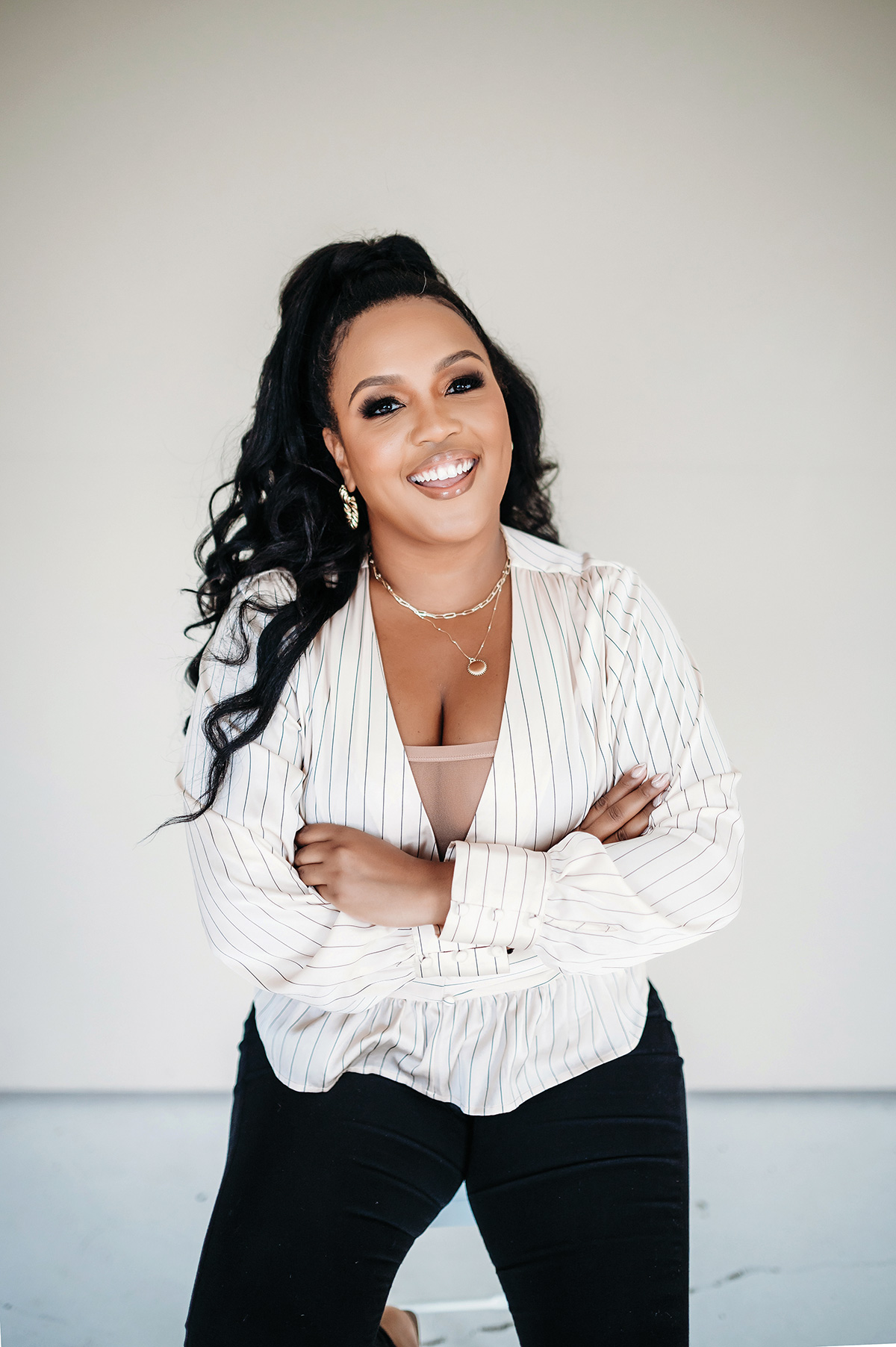Taking the Plunge
How to transition from part-time practitioner to full-time pro
• January 2022 issue
It took Rhea Whitney about four years to go from part-time shutterbug to full-time professional photographer. Like many eventual pros, she started as a hobbyist, gradually picking up small paying jobs from friends and family while she honed her skills. When her accounting job ended in 2015, she saw an opportunity to transition into a career that she loved, and she dove in.
However, she didn’t dive in blind. Whitney had spent years not only learning her craft but also building the business side of her enterprise. Through trial and error, research, and plenty of number crunching, she built a business plan that helped her make a smooth and profitable transition. She now shares many of these lessons as a business coach and the founder of the PhotoBomb Academy.


BUILD A BRAND
Understanding your target market and what you can offer that market is an essential first step in creating a full-time business. Whitney suggests asking yourself two fundamental questions: What is my specialty? And Who is my audience?
You must understand what you do well and how your unique talents fit into the marketplace. That means figuring out your audience at a deep level, going beyond demographics to determine what they need and how you can help them.
Clarify your style. How do you like to create? What tools do you use? What sets you apart? “People pay for what they see in our work,” explains Whitney. “So, building that defining style is important to give yourself a marketable creative identity.”
Market your specialties. People want to work with experts. Defining your specialty is important to carve out your niche in a crowded marketplace. Whitney recommends narrowing down to no more than two to three specialties, which will provide some diversity in your work while allowing you to clarify your marketing message. When communicating with your audience about your specialty, be clear about who you’re talking to and what they can expect from you.
Create a virtual space. You need to carve out a space for your business online. The virtual world feeds the actual, especially for content creators like photographers. Apply your brand consistently across all online channels, including a well-designed website and social media accounts. Then use these channels to showcase your work and move interested people toward a real-life connection.

MAKE DATA-DRIVEN DECISIONS
You’ll need to make a realistic assessment of the viability of your budding business. “When you go full time as a creator, it’s a different ball game,” says Whitney. “You really have to get comfortable with your numbers, your costs, your prices. Make sure your offerings take into account your costs as well as your sales goals.”
Let data determine your path. Numbers don’t lie. Are your current sales and projected income at a level where you can justify making the leap into full-time photography?
Follow the demand. Is there enough current and future demand for your work to sustain a business? If you have projects booked months into the future and more prospects on the horizon, then you have some evidence that you’re ready.
Save up. Cash reserves are critical when you run your own business. Whitney recommends saving a minimum of three months’ living expenses before taking the plunge. Six months of ready money would be ideal.
Streamline expenses. Trim out luxury purchases. You can always work those back in once your full-time photography income justifies them, but to start you need to get comfortable handling and managing cash.
---28_.jpg)
MAINTAIN MOMENTUM
Once you’re off and running, what are the next steps for taking your business from concept to successful enterprise?
Create demand momentum. Get out there and engage. When you’re communicating with your audience and producing good content, you’re helping drive demand. And demand determines pricing. “We are in a one-to-one service industry, and our income is dependent on what we can charge for each project, each session,” says Whitney. “Creating that demand allows you to charge more profitably.”
Value position yourself. Talk about what you bring to the table. Present your services as valuable. Position your work in the marketplace as a high-value option. A lot of photographers want to rush this step, says Whitney, but it takes time.
Establish pricing. Determine how much you want to work in a month. How many sessions/weddings/projects are you going to do? Then figure out your expenses. How much does it cost to run your business? Next, work out the profit you’ll need to live comfortably. With these numbers, you can back into your pricing based on the volume of work you plan to do and how much you need to make after expenses have been paid. For example, if you need to clear $7,000 after expenses, and your monthly business expenses are $3,000, then you’ll need to generate $10,000 in gross revenue. Divide that $10,000 by the number of monthly bookings you project for your business, and you’ll have your target sale amount for each session/wedding/project. From there, you can break it down into the individual elements that will combine to make the target sale, for example, the session fee, print packages, and add-ons.

MAXIMIZE PRODUCTIVITY
When you’re running your own business, there isn’t anyone telling you what to do. That discipline needs to come from within, along with a good understanding of how to use your time most effectively.
Dedicate your days. It can help to set aside specific days for different activities. Maybe Monday is an administrative day. Tuesday could be focused on editing. Wednesday is an executive day when you’re working on the business, not in the business. And so on. Set aside big chunks for the necessary work to move your business forward.
Outsource what you can. Giving up control is one of the biggest challenges for business owners, but it’s absolutely necessary for growth. Hire out the tasks that are outside your zone of genius but still need to be done.
Get coached. Everyone needs guidance now and then. Consider investing in business coaching or get involved with a mentorship program to help you understand organizational management. There’s no rule book to running your own business, but when you have a coach or are surrounded by a community of like-minded professionals, you can accelerate your success.
Rest and recover. Creativity requires a lot of mental work, and business owners can burn themselves out easily. Schedule time for yourself. “Because we all need to refill our cups to be great creative service providers,” says Whitney.

Photographer Rhea Whitney

MANAGE YOUR MINDSET
Successful business owners are always working on their mindset. It’s normal to have fear and self-doubt. You need to acknowledge those feelings; understand that they are thoughts, not facts, and work past them.
“Being a business owner is the biggest professional development journey I’ve ever been on, because it’s personal,” says Whitney. “Our work can feel very personal in a way that being an employee doesn’t. That can make this process scary but also inspiring. It’s a lot of work running a business full time, but there is so much freedom, and the sky’s the limit for what you can accomplish. I really believe there has never been a better time to be a creative entrepreneur than right now.”
Jeff Kent is editor-at-large.



